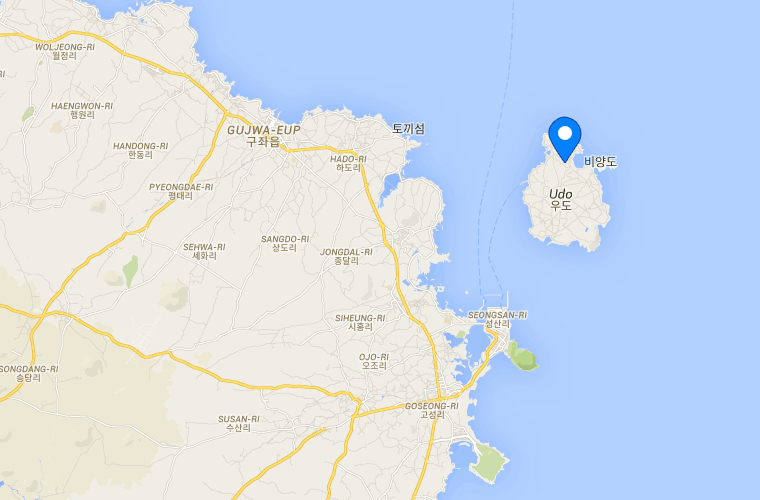Busan Regional Office of Oceans & Fisheries
Aids to
Navigation
Lighthouse
Introduction
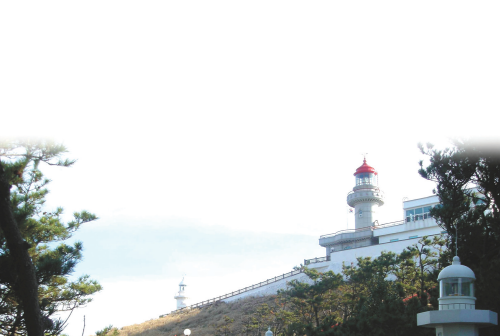 History of Udo lighthouse, Jejudo’s first lighthouse go hand in hand with history of Korea which has suffered from war and foreign invasion. In 1905, during the war between Russia and Japan, Japanese Ministry of Navy requested construction of Udo Lighthouse. Then, in a month of rush, a light pillar rather than a lighthouse was built. The improvised light post had a simple structure of 6 meter high wooden pillar with a kerosene lamp on top, which was raised up and down using a pulley.
History of Udo lighthouse, Jejudo’s first lighthouse go hand in hand with history of Korea which has suffered from war and foreign invasion. In 1905, during the war between Russia and Japan, Japanese Ministry of Navy requested construction of Udo Lighthouse. Then, in a month of rush, a light pillar rather than a lighthouse was built. The improvised light post had a simple structure of 6 meter high wooden pillar with a kerosene lamp on top, which was raised up and down using a pulley.
Udo lighthouse, which started as a military facility, has begun to take the role of guide in the sea since 1906 when the lighter was installed. The strong light of gas lamp was incomparable to the weak kerosene lamp and could light the sea as far as 3 kilometers. The first official lighting of Udo Lighthouse is recorded as that period in March 1906. After installing the lighter, the lighthouse went through several repairs but the wooden lighthouse could not endure the sea wind for a long time. In 1919, the present appearance built in bricks emerged. The first wooden lighthouse was demolished and the modern lighthouse was constructed on top of Udo Peak of 123 meters high by carrying bricks using vessels when bricks were rare then. This old lighthouse guarded Jeju’s night sea and the history of Jeju until December 2003, when it handed over its role to the new circular stone lighthouse. The new light tower installed huge rotary lighthouse lantern, the light of which can be seen from the distance 50 km away.
Lighthouse Information
| Location | 105 Udobong-gil, Udo-myun, Jeju-si | |
|---|---|---|
| The first lighting day | March 1906 | |
| Visual aids (lighthouse lantern) | KRB-750 | |
| Character of light | Flashing white light, 1 flash every 20 seconds | |
| Visibility of light | 27 nautical mile (50.004km) | |
| Audible aids | 2 air sirens every 52 seconds (electric horn) Siren for 4 seconds, silence for 4 seconds, siren for 3 seconds, silence for 41 seconds |
|
Facilites
A Multi Purpose Maritime Cultural Facility
 Udo is located about 3.8km to northwest from Jeju Seonsanpo Port and is the biggest island among the archipelago scattered around the coastline of Jejudo. The island is called Udo (Cow Island) as the shape of the island looks like a lying cow with its head upright. Along with construction of new light tower of 16 meter high circular concrete structure in December 2003, Udo Lighthouse has been added with information technology and is installed with huge rotary lantern developed by Korean technology to improve the light power that can be identified from the distance of 50 km away. It is also developed as Korea’s first lighthouse themed park and is contributing to the local economy by developing marine tourism products, such as PR exhibition room, nautical mark 3D experience facility, and exhibition of 14 famous lighthouse miniatures of Korea and the world including Pharos of Alexandria, one of the Seven Wonders of the Ancient World. These are amusing tourists by making their hands and mind busy.
Udo is located about 3.8km to northwest from Jeju Seonsanpo Port and is the biggest island among the archipelago scattered around the coastline of Jejudo. The island is called Udo (Cow Island) as the shape of the island looks like a lying cow with its head upright. Along with construction of new light tower of 16 meter high circular concrete structure in December 2003, Udo Lighthouse has been added with information technology and is installed with huge rotary lantern developed by Korean technology to improve the light power that can be identified from the distance of 50 km away. It is also developed as Korea’s first lighthouse themed park and is contributing to the local economy by developing marine tourism products, such as PR exhibition room, nautical mark 3D experience facility, and exhibition of 14 famous lighthouse miniatures of Korea and the world including Pharos of Alexandria, one of the Seven Wonders of the Ancient World. These are amusing tourists by making their hands and mind busy.
Udo is also a popular tourist attraction with clean sea area and ‘Udo’s 8 vistas’, which boast beautiful landscapes such as Sanho (coral) Beach, famous for the white-sand beach formed by shattered corals. In addition, recently Udo became more famous as location sites of movies including A Love Story (2000), My Mother, the Mermaid (2004) and Yeonriji (2011). And it gathering more attention of people including Japanese tourists.
Tourist attractions nearby
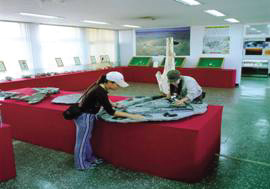 |
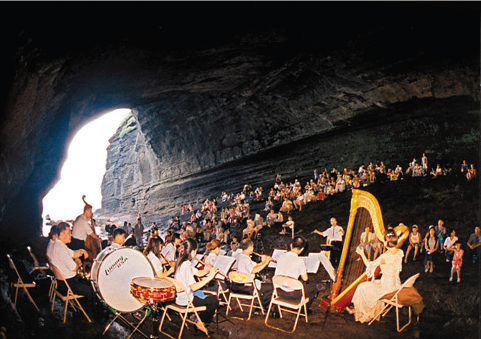 |
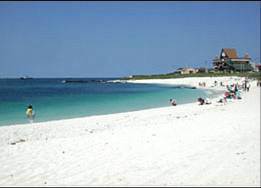 |
| Udo Museum | Cave music concert | Seobinbaksa Beach |
Address
Yeonpeong-ri, Udo-myun, Jeju-si
Tel : +82-64-792-8507
When using Seongsanpo Port : Jeju International Airport (Jeju Ferry Passenger Terminal) → Jeju Inter-city Bus Terminal → Seongsanpo Port Passenger Terminal (064-782-5671) → Udo Quay
When using Jongdal Port : Jeju International Airport (Jeju Ferry Passenger Terminal) → Jeju Inter-city Bus Terminal → Jongdalpo Port Passenger Terminal (064-782-7719) → Udo Quay
